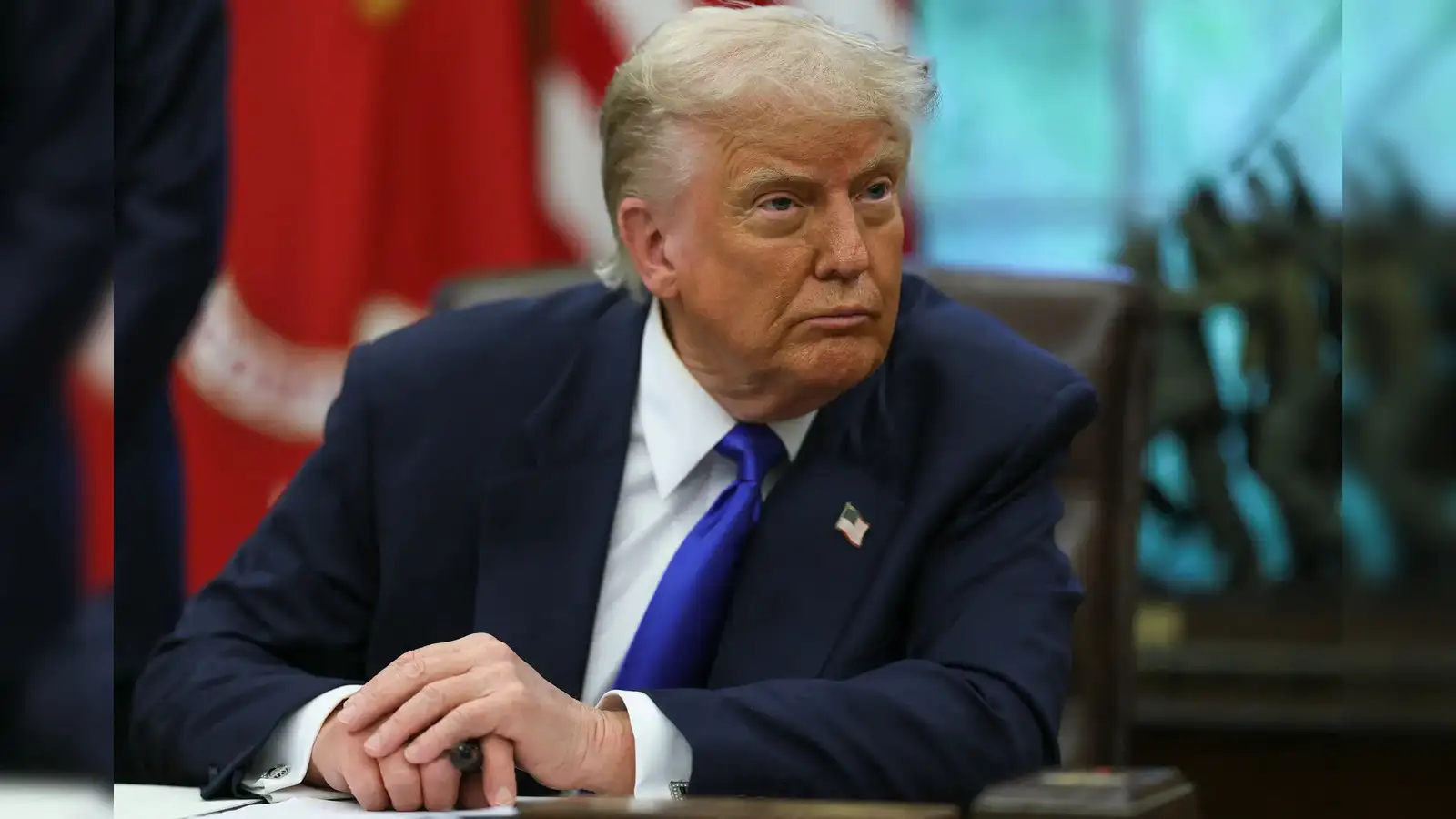
Tax on Remittances From the US: A Retrograde Step
Recently, the newly elected US President Donald Trump announced a 5 per cent levy on remittances sent by foreign nationals, including green card holders. Though it was later revised to 3.5 per cent, the plan has generated widespread concern, especially among Indian immigrants living in the US, who form a significant part of the foreign national workforce. According to data published by the Reserve Bank of India (RBI), India received $32 billion in remittances from the US in the financial year 2023-24 out of a total of $129 billion. Even if the remittance level remains the same in the coming years, the proposed tax will effectively result in a reduction of over a billion dollars in remittances to Indian households and the Indian economy.
The Trump administration's stated aim is to collect more revenue for the US government and prevent money from flowing out to foreign countries. However, this approach is short-sighted and potentially harmful to US itself. First of all, remittances by migrants are not business profit transfers; they are personal transfers. When these funds are already taxed in the United States through federal and state governments, imposing a second layer of taxation on these transfers is both unjust and economically regressive. Moreover, such a tax is unprecedented. Globally, there are virtually no examples of governments taxing money sent abroad by legitimate foreign workers. Canada, the UK, Australia and the Gulf countries impose no such taxes. It is true that the move could discourage remittances from the United States to India, which would not only hurt millions of Indian families who depend on these funds, but could also negatively impact India's foreign exchange reserves. But on the other hand, a tax on remittances would also send a negative message to skilled immigrants - particularly those from India - who play a vital role in the United States economy.
Indians form one of the most successful and productive immigrant communities in the US. According to a joint report by Indiaspora and Boston Consulting Group (BCG), people of Indian origin, despite accounting for only 1.5% of the US population, contribute 5 to 6 per cent of total income taxes - an estimated $250-300 billion annually. This reflects not only the high incomes of Indians, but also a strong work ethic, educational excellence and entrepreneurial spirit. One can easily understand that the aid given by the US government to poor American families is partly financed by the additional revenue earned from people of Indian origin.
The US has historically benefited from welcoming immigrants, particularly skilled professionals from countries like India. The tech boom in Silicon Valley was driven by immigrants' innovations. Companies like Google, Microsoft and Adobe have been led by Indian-origin CEOs-Sundar Pichai, Satya Nadella and Shantanu Narayen, respectively. Their leadership has not only transformed their companies, but has also contributed significantly to the US economy. Furthermore, foreign nationals often bring specialized skills and knowledge that complement the domestic workforce. Indian professionals, especially in sectors like technology, healthcare and finance, fill critical skills gaps and help maintain the US' competitive edge in global markets. While the number of US citizens working in India is relatively small compared to Indians working in the US, the principle could be applied to other financial flows. For example, India could choose to tax outward remittances by US companies. US companies operating in India often send large sums of money back to the US in the form of royalties, licence fees or payments for technical services. These could be taxed more stringently, which could also deal with the methods often adopted by these companies to avoid taxes.
The government could also tax foreign institutional investors (FIIs). A large number of FIIs based in the US, invest in the Indian stock markets. While they do contribute to liquidity in the market, their speculative activities also lead to significant volatility. India could levy a small tax on their repatriated profits - effectively a version of the Tobin tax, named after economist James Tobin. Tobin had suggested a tax on currency conversion to discourage short-term capital inflows. The Tobin tax could serve two purposes: raising revenue and discouraging speculative dollar outflows. A small transaction tax could be imposed each time rupees are converted into dollars for remittance to the U.S. President Trump should understand that in a globalised world, cooperation and mutual respect, yield better results than protectionism and fiscal overreach. President Trump's administration should reconsider this proposal, given the long-term implications beyond the immediate benefits.


